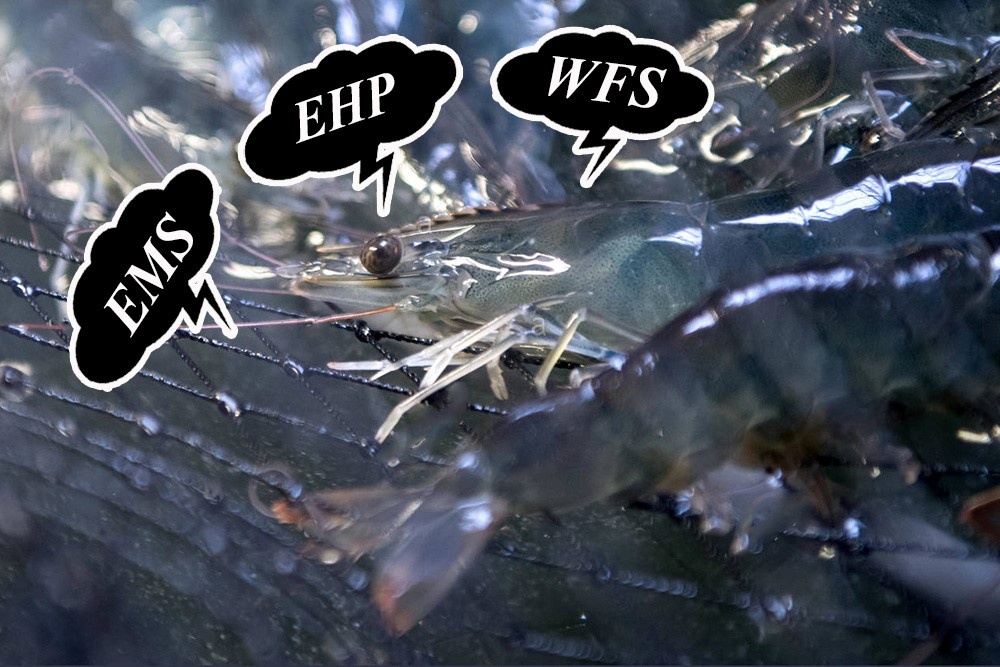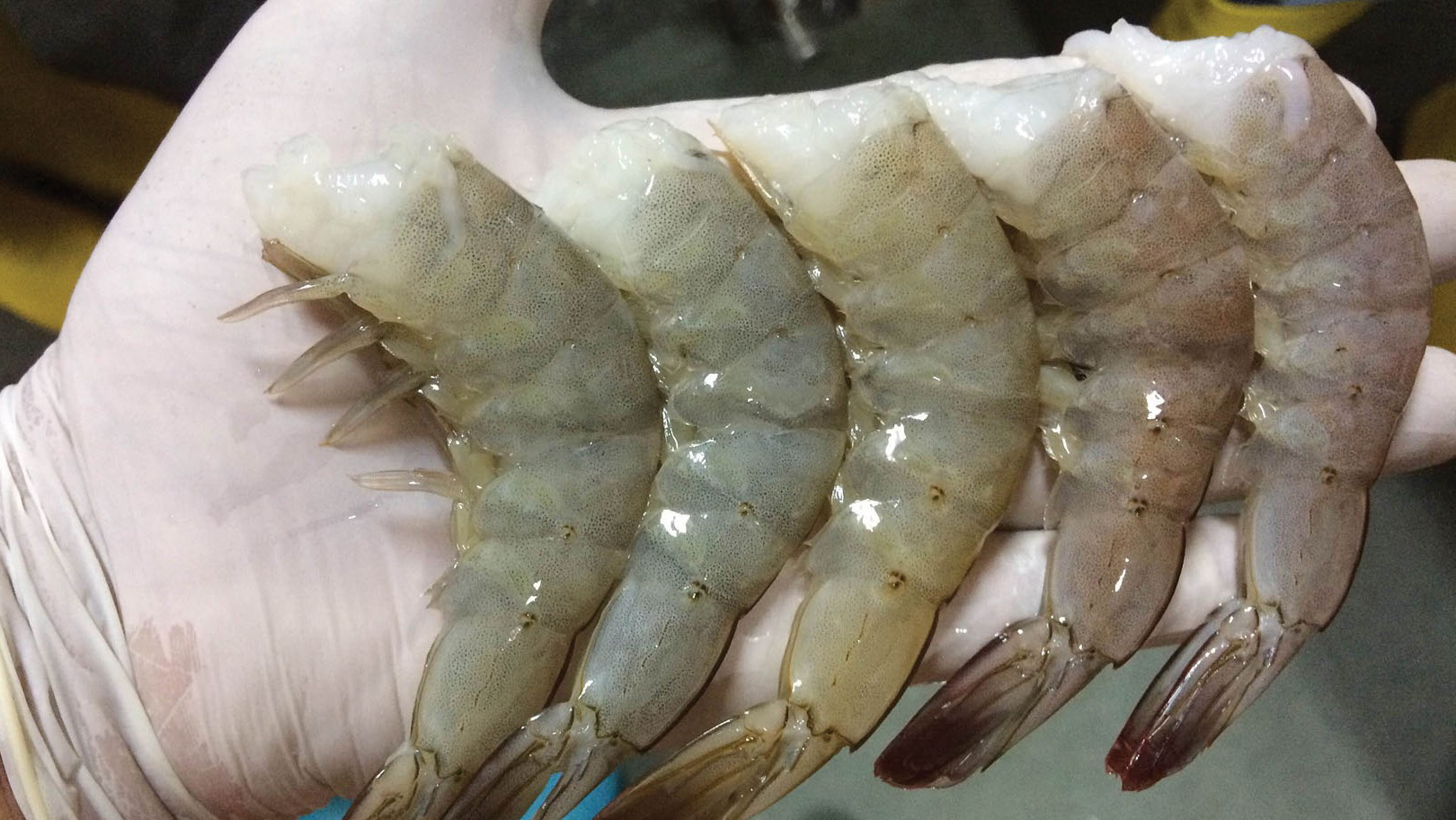Technical Information
Stunt disease in black tiger shrimp, causes and control measures
MSc. Bui Thi Bich Hang, Faculty of Fisheries, Can Tho University
Shrimp farming is currently bringing a large source of income to the aquatic bacteria export industry of our country and also improves the lives of farmers. However, in the current situation, the farming industry also encounters many obstacles from diseases that cause shrimp death, slow growth, causing significant economic losses. Shrimp growth retardation can be caused by many reasons such as lack of nutrition or infection with scurvy virus. In the framework of this article, we want to discuss the problem of slow growth of shrimp due to the impact of the virus. Currently, there are two viruses capable of slowing down the growth of black tiger shrimp: Monodon Baculovirus (MBV) and Hepatopancreatic virus (HPV).
MONODON BACULOVIRUS (MBV)
The causative agent is Monodon Baculovirus. This virus has a nuclear structure of double-stranded, enveloped, rod-shaped DNA. MBV was first detected by Ligtner (1981) in a group of black tiger shrimp in Taiwan. When black tiger shrimp is infected with MBV, the virus usually parasitizes the tubular hepatopancreatic epithelial cells and the midgut epithelial cells, creating one or more hidden bodies inside the infected cells.
Pathological signs: When the shrimp is newly infected, there are usually no obvious signs, when the disease is severe, there are often signs as follows: poor appetite, weak activity, slow growth, dark or dark green shell. The rate of division is very high, the shrimp die sporadically, but when accumulating, the mortality rate can be up to 70%.
Diagnostic methods: There are many methods to diagnose MBV in black tiger shrimp such as smearing hepatopancreas cells on glass, rapid staining with 0.1% Malachite green and then observing under the microscope. Infected cells will exhibit one or more latent bodies. Histopathological methods also showed the hidden expression of pink Eosin in infected cells. Or use PCR to detect MBV at an early stage of infection.

Figure 1: Hepatopancreas of black tiger shrimp infected with MBV are colored in Malachite green (A) and the latent form of cells infected with MBV is colored in Eosin pink (B)
(Source: Flegel, 2006)
Disease control measures: Applying integrated disease prevention measures for shrimp is still key: improving ponds and treating water sources according to the correct procedures before stocking; quarantine shrimp seed stock before stocking; take care of, provide food of sufficient quality and quantity; and manage water quality well during the rearing process.
HEPATOPANCREATIC PARVOVIRUS (HPV)
The causative agent of the disease is a group of Parvoviruses, whose nuclear structure is double-stranded DNA. They often parasitize in the nuclei of hepatopancreatic epidermal cells and anterior enteric epidermal cells. When infected shrimp cells with HPV, the nucleus will swell to form inclusions.

Figure 2: Shrimp infected with HPV have a smaller size than normal shrimp (Source: Flegel, 2006)
Signs of pathology: Shrimp infected with HPV often eat less or stop eating, lethargy, weak activity, easy to be parasitic organisms on the shell and appendages. The hepatopancreas of shrimp is often atrophied, pasty or necrotic.
Diagnostic methods: similar to BMV, HPV is also diagnosed through Malachite green 0.1% rapid staining method, histopathology method, PCR method, immunohistochemistry method or hybrid method at in situ hybrization.

Figure 3: (A) Detection of HPV by in situ hybridization; (B) Detection of HPV by ppPCR
Preventive measures: Apply general preventive measures similar to those caused by MBV virus.




